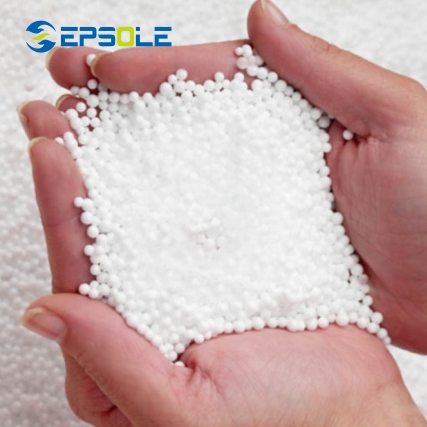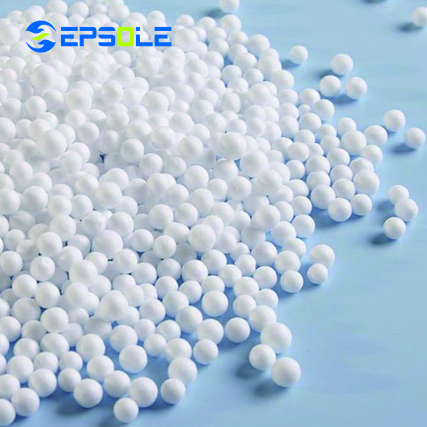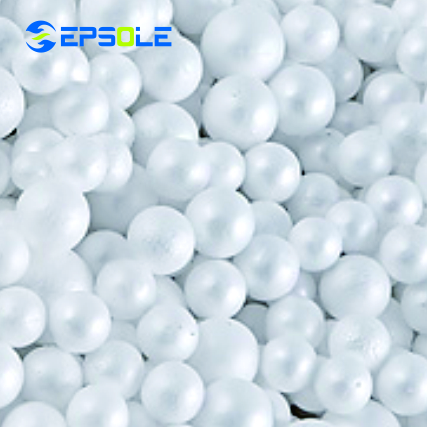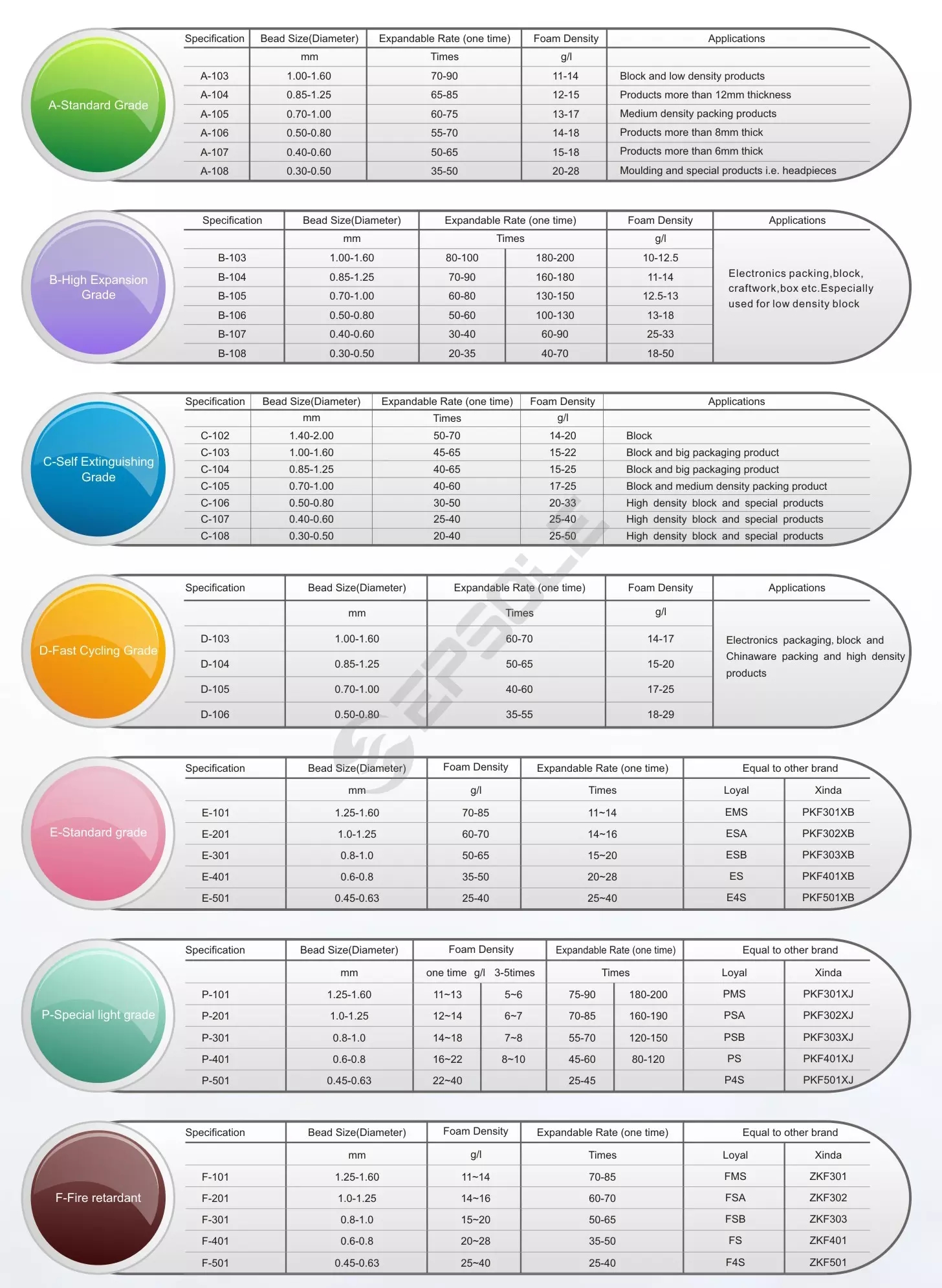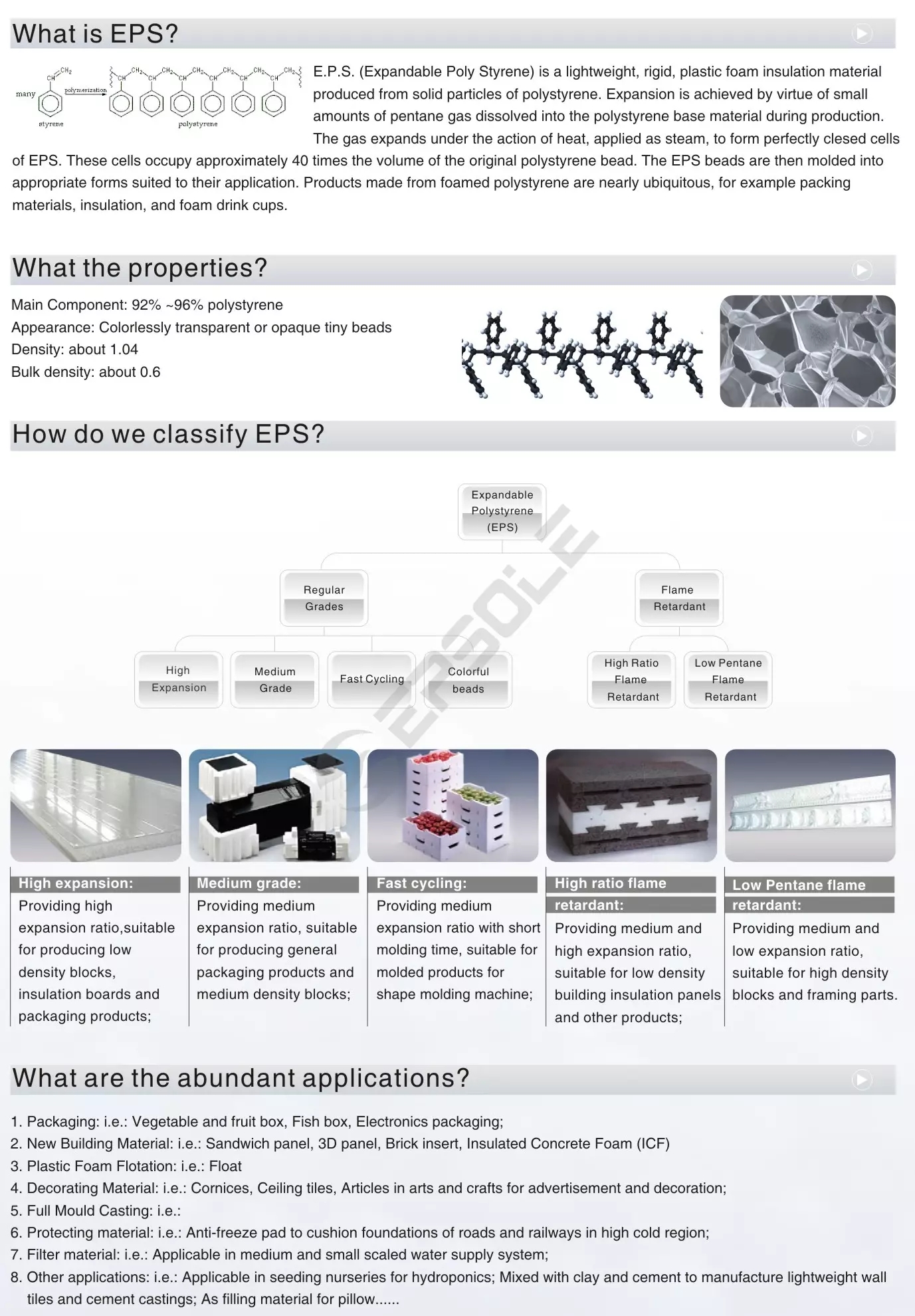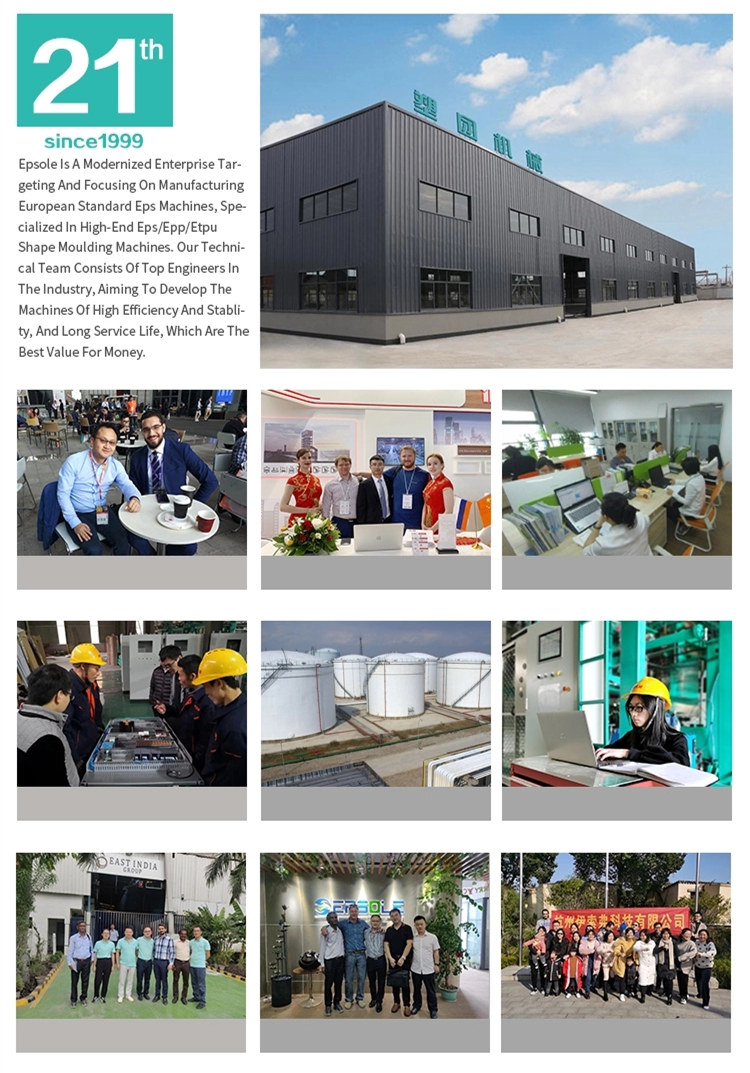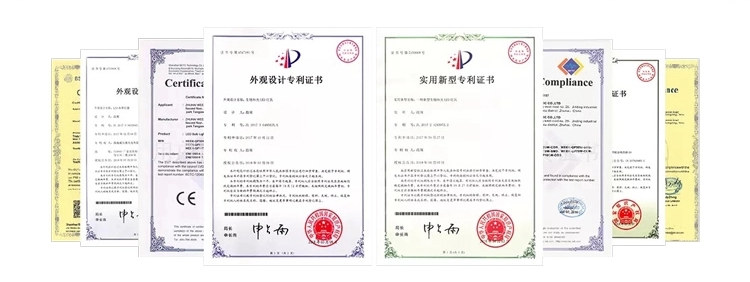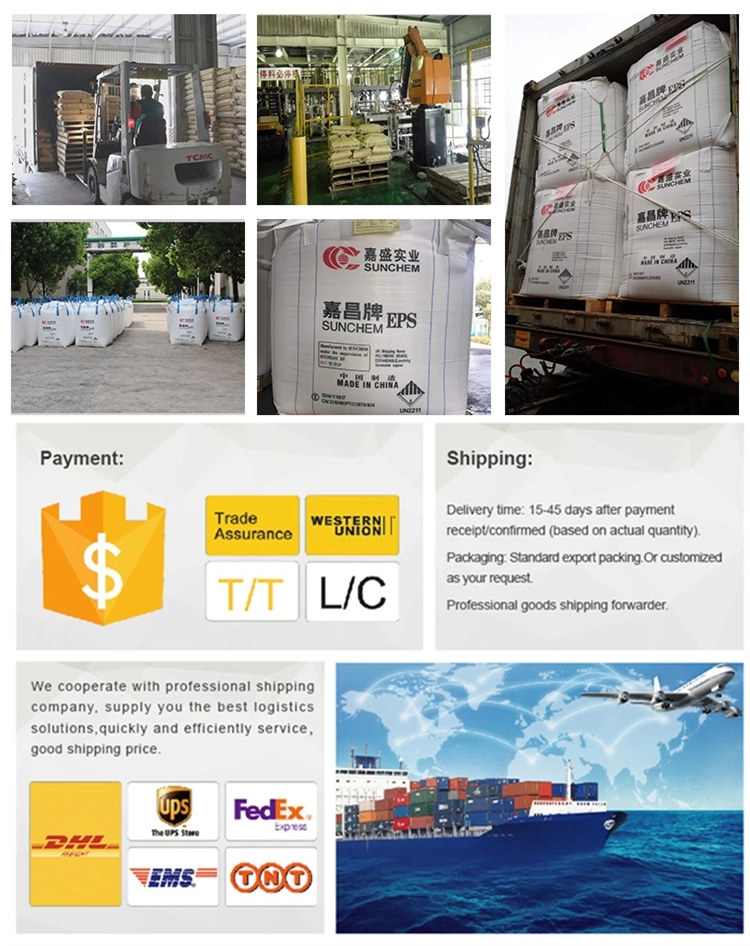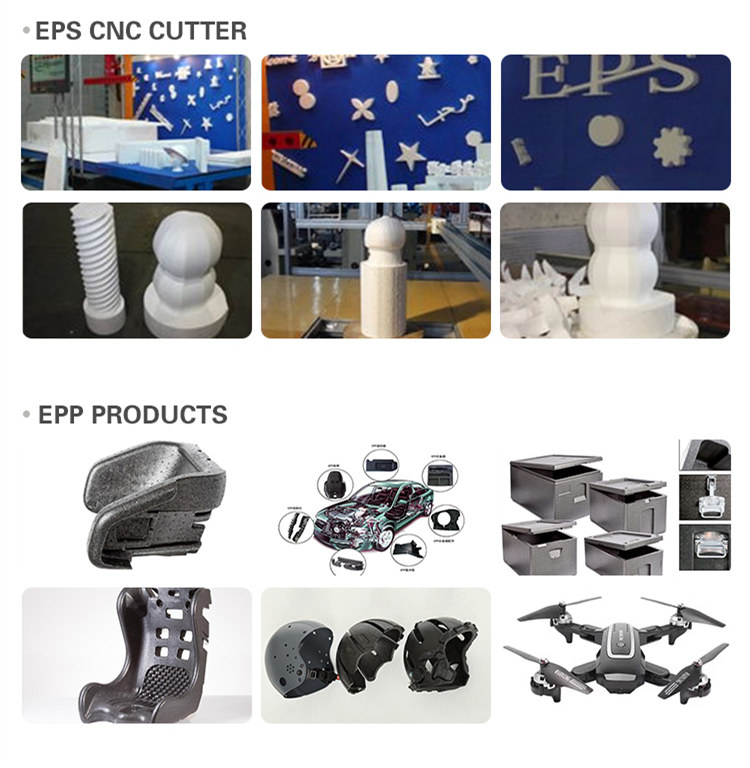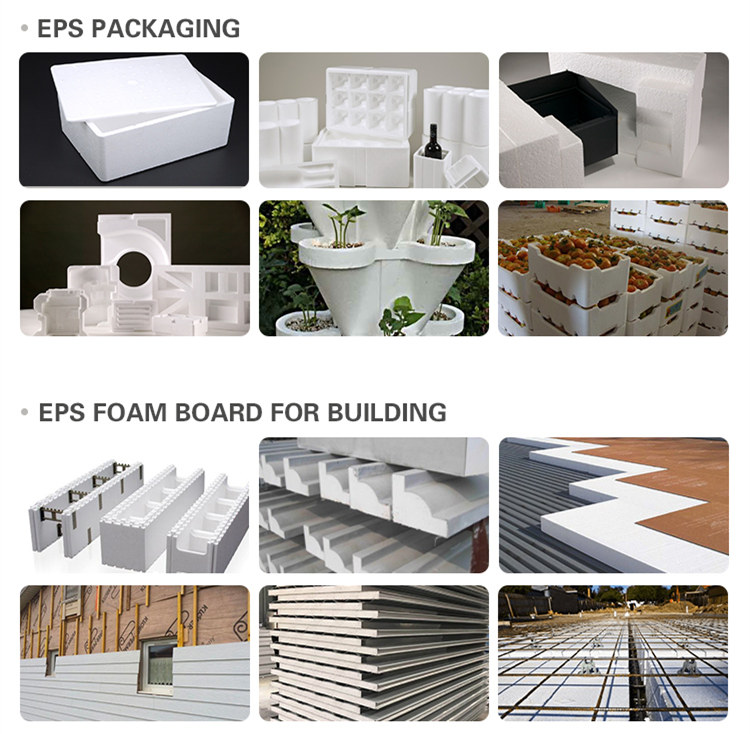EPS has a low carbon impact because clean manufacturing technologies equate to minimal energy and water inputs with no production waste. The protective performance of EPS also helps to reduce wastage caused by goods that are broken or damaged in the supply chain, which saves energy, materials, and transportation costs.
The use of EPS also helps to prevent food wastage because due to its cellular nature, as it protects the food and avoids damage in the various stages of production and shipment from farm to fork, ensuring that many different foods reach the retailer or consumer in perfect condition.
EPS is HFC, CFC, and HCFC free, with Pentane used as its blowing agent. Pentane has a low Global Warming Potential (GWP) of less than five – meaning the EU does not register pentane as a substance hazardous to human health or the environment.
As EPS is extremely lightweight it helps to reduce fuel consumption – when goods are transported compared to other heavier packaging materials.
Styrene, used in the manufacture of EPS, occurs naturally in many commonplace products including strawberries, beans, nuts, beer, wine, coffee beans and cinnamon.
The manufacture of EPS is a low pollution process. As steam is the key ingredient, and the water is re-used many times. There is no waste in the process as all cut off or rejects are re-used.
Only 0.1% of total oil consumption is used to manufacture EPS.
The carbon footprint of EPS is lower than many other packaging materials in use today.


 Tel:
Tel:

 English
English 



